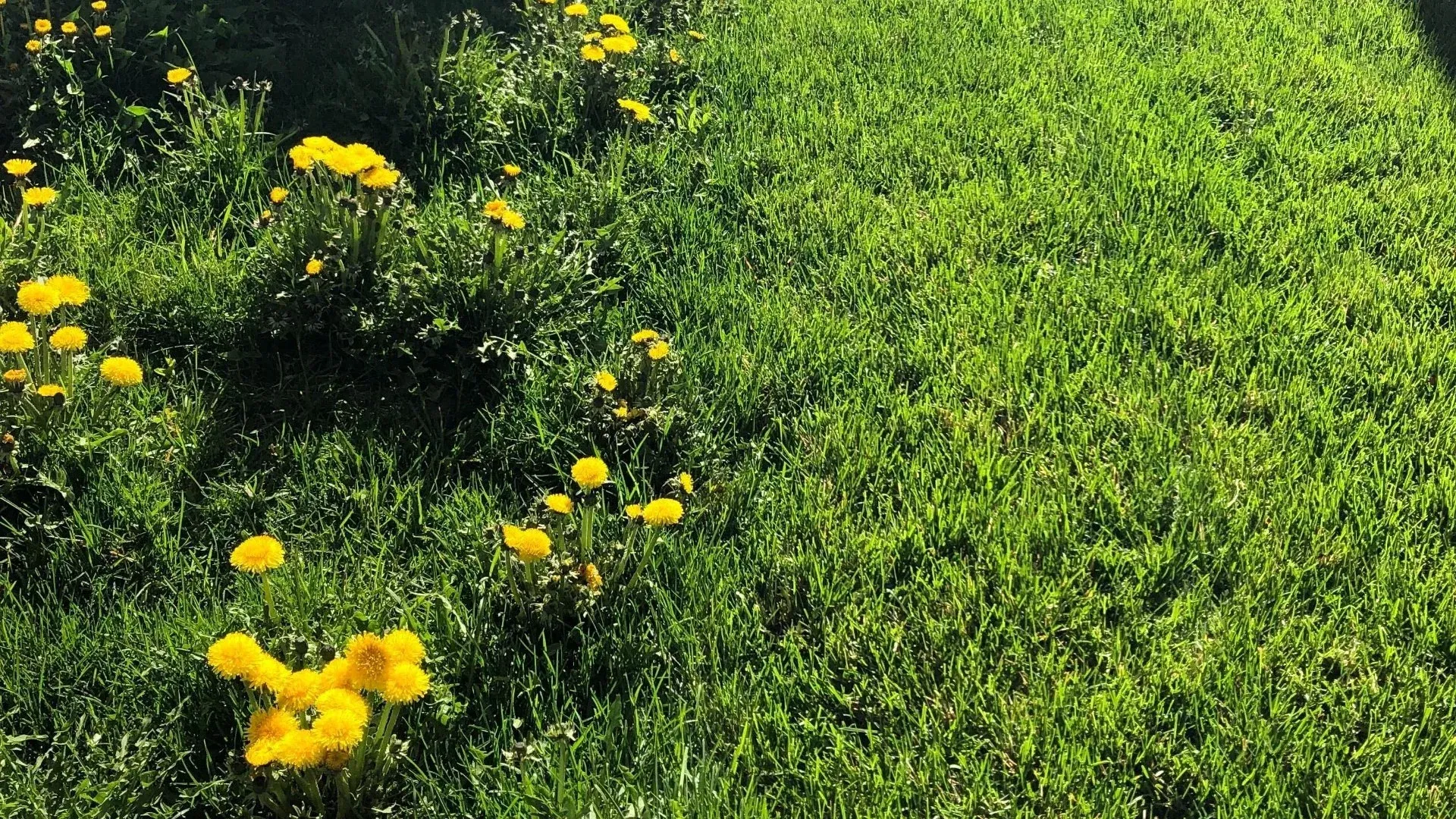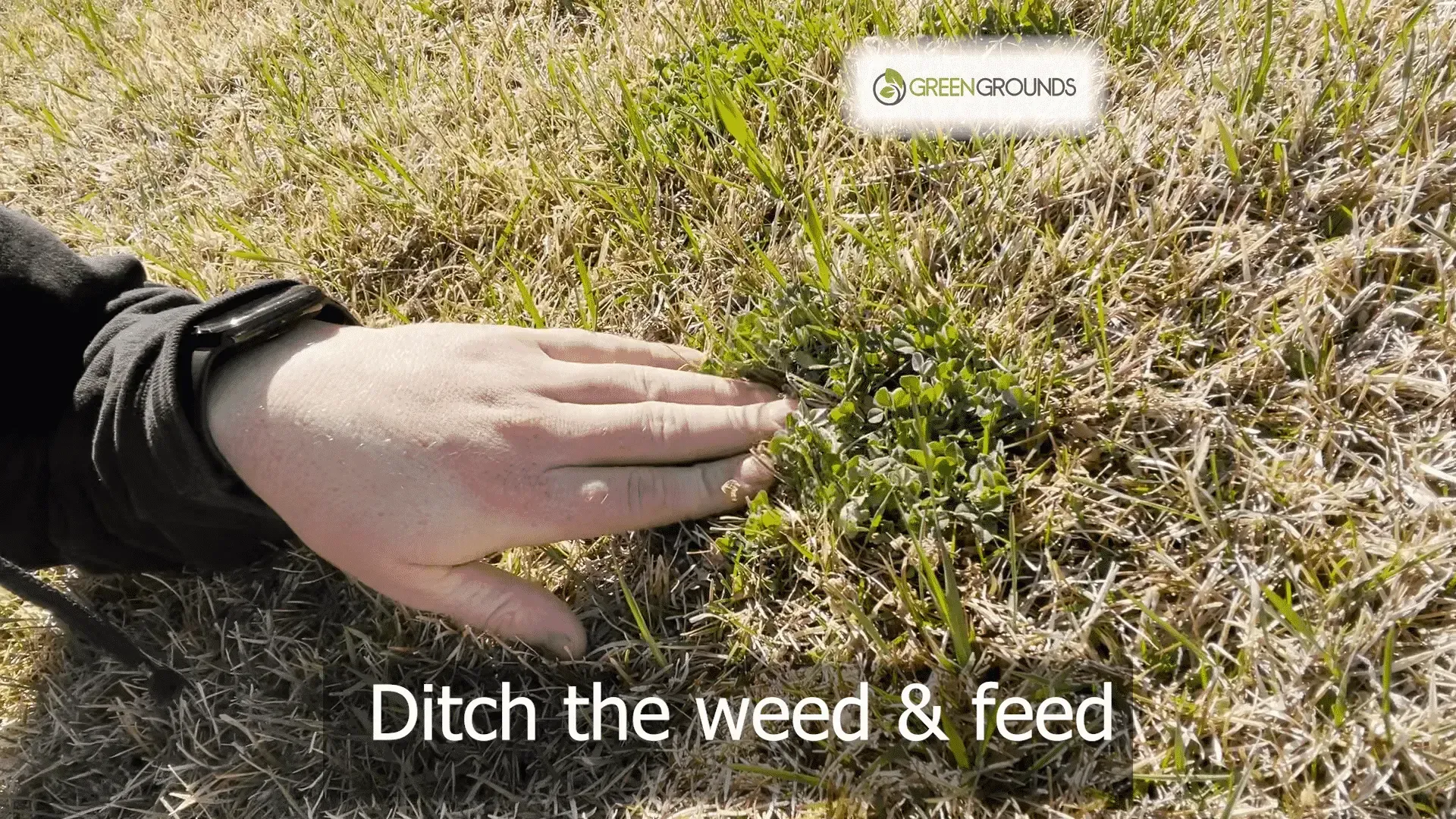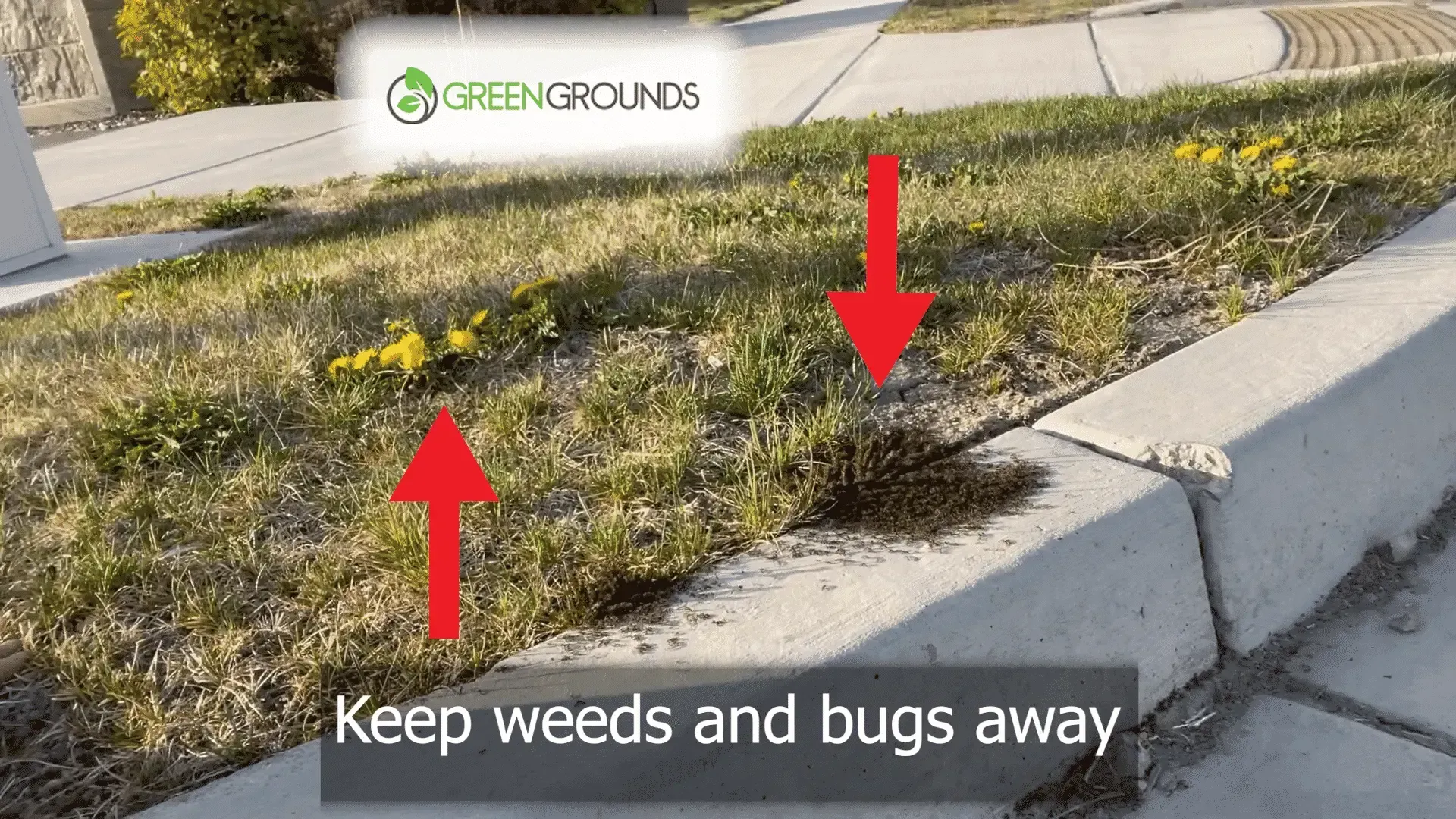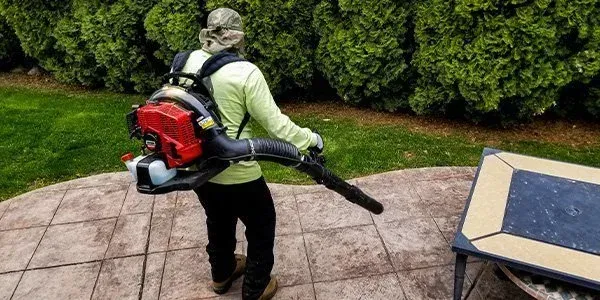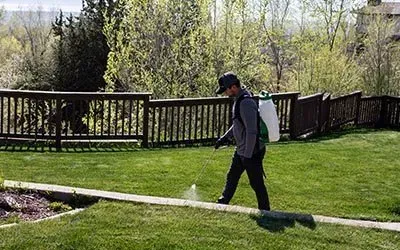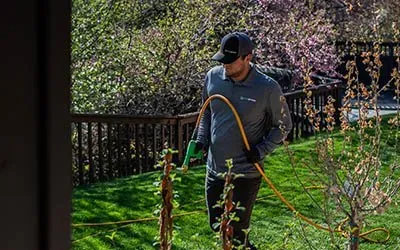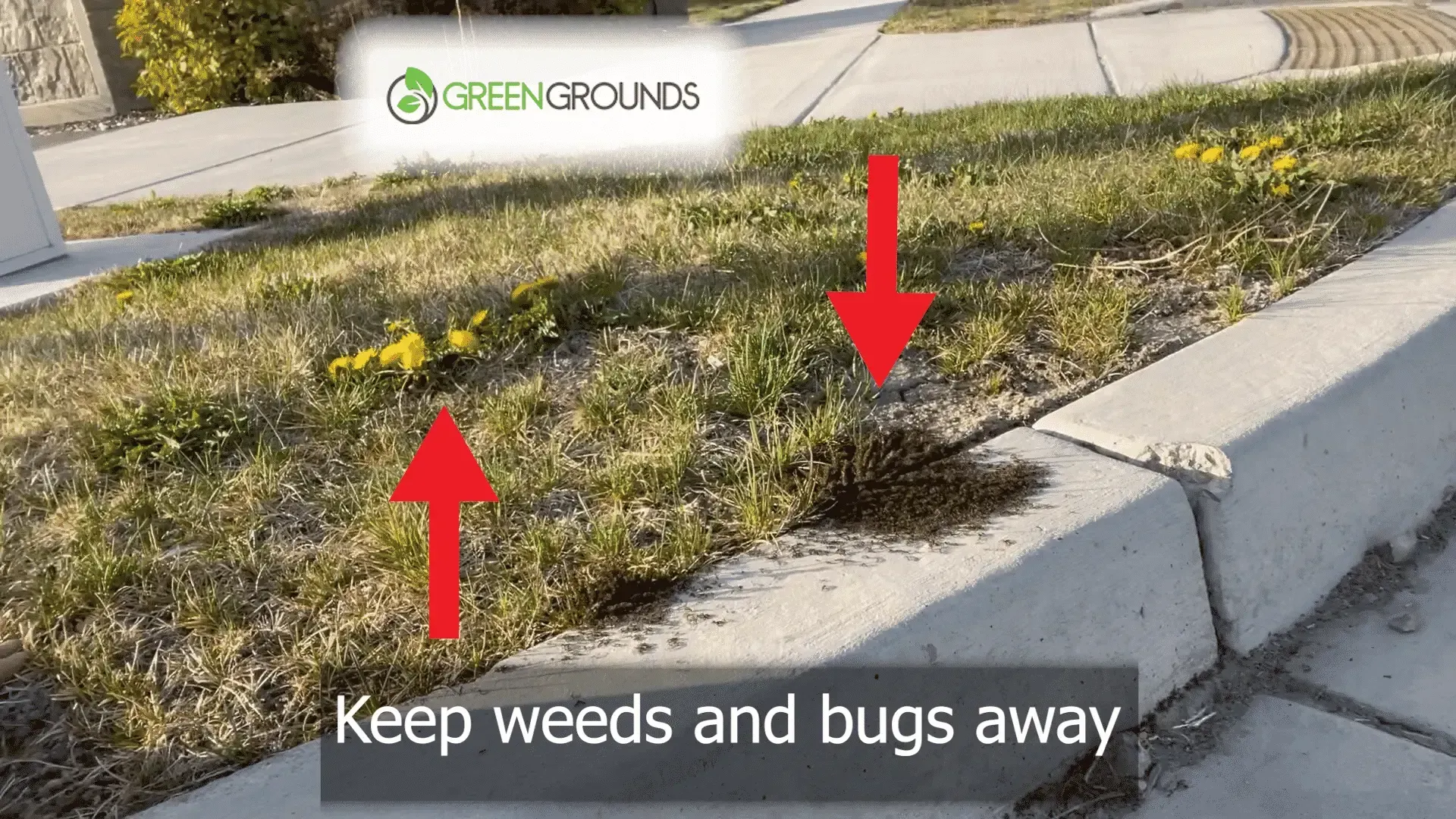The Guide to Dandelion Removal: Winning Your War Against Weeds
Let’s tackle how to get rid of dandelions in your yard. These common lawn intruders can be quite a nuisance for homeowners, but with the right strategies, you can reclaim your lawn.
This guide will provide you with effective solutions.
Understanding Dandelions: Know Your Enemy
Before diving into removal techniques, it’s crucial to understand what makes dandelions so resilient.
These perennial weeds have deep taproots, making them hardy and difficult to eradicate completely.
They thrive in a variety of conditions, spreading rapidly through their fluffy, wind-blown seeds.
Manual Removal: The First Line of Defense
Expanding on the section about manually digging out dandelions:
Manual Removal: Digging Them Out Essential Tools
To effectively remove dandelions from your lawn, the right tool can make all the difference. The two most recommended tools are:
Dandelion Digger: This tool, also known as a weed puller, is specifically designed for dandelion removal. It usually features a long, slender forked end, which is adept at getting deep into the soil and around the root.
Narrow Trowel: A sturdy, narrow trowel can also be effective, especially for smaller lawns or fewer dandelions. Its sharp edge and pointed tip allow for precise digging around the weed.
Technique: A Step-by-Step Approach
Identify the Weed: Locate the dandelion, ensuring it’s not a beneficial look-alike.
Soil Preparation: If the soil is dry, water the area lightly. Moist soil makes it easier to remove the entire root.
Tool Insertion: Gently insert the dandelion digger or trowel into the soil at a slight angle, approximately 2-3 inches from the stem of the dandelion. This helps avoid slicing the root.
Reaching the Root: Push the tool down into the soil, aiming to get beneath the root. Dandelion roots can go deep (up to 10 inches), so it’s essential to get as much of the root as possible.
Leverage and Lift: Once the tool is adequately inserted, gently rock it back and forth to loosen the soil around the root. Then, slowly pull up on the tool, bringing the root with it. The goal is to remove the root intact to prevent regrowth.
Filling the Hole: After removal, fill the hole left by the root with soil to prevent other weeds from taking hold.
Disposal: Dispose of the dandelion properly. Ensure all parts of the weed are removed from the lawn to prevent it from seeding
If you don’t want to go through the pain of manually removing dandelions call Green Ground services to remove dandelions and prevent them from coming back.
Regular Mowing: An Essential Strategy
Mowing your lawn regularly is not only about maintaining its aesthetic appeal but also a vital tactic in preventing the spread of dandelions and discouraging their growth.
Preventing Seed Spread
Dandelions spread primarily through their seeds, which are easily carried by the wind. By mowing your lawn regularly, you can:
Remove Flower Heads: Mowing cuts off the dandelion flower heads before they mature into the familiar white, fluffy seed heads. This interrupts the seed production cycle.
Reduce Seed Dispersal: Regular mowing means fewer seeds are allowed to develop and be dispersed by the wind, reducing the spread of new dandelions.
Optimal Mowing Height
The height at which you mow your lawn can have a significant impact on dandelion growth.
Ideal Height: Generally, keeping the grass at a height of about 2.5 to 3 inches is recommended. This height is optimal for most grass types to remain healthy and robust.
Shade Out Weeds: Taller grass blades provide more shade, which can suppress the growth of dandelions and other weeds. This shading effect limits the sunlight available to the weeds, hindering their ability to photosynthesize and grow.
Promote Thick Growth: Maintaining this height encourages the development of a denser grass canopy, which can outcompete dandelions for resources.
Mowing Practices
To make your mowing efforts more effective against dandelions, consider the following:
Sharp Blades: Ensure your mower blades are sharp. Dull blades tear the grass, causing stress and making it more susceptible to weeds.
Regular Schedule: Mow at regular intervals to keep the grass at the ideal height consistently. The frequency of mowing may vary based on the growth rate, which is influenced by factors like weather, grass type, and fertilization.
Mulching: Consider using a mulching mower. Mulching the grass clippings back into the lawn can provide nutrients and further enhance the health and density of your lawn.
When Mowing Isn’t Enough
While regular mowing is effective in preventing the spread of dandelions, it may not be sufficient on its own for existing infestations. In such cases, additional methods, such as manual removal, natural remedies, or professional weed services like those offered by Green Ground Services, may be necessary.
Natural Solutions: Eco-Friendly Methods
Vinegar Solution
Homemade Herbicide: Mix vinegar with a small amount of dish soap and water. The acetic acid in vinegar burns the dandelion leaves upon contact.
Application: Spray directly onto dandelions, being careful to avoid surrounding grass.
Boiling Water
Simple Yet Effective: Pouring boiling water over dandelions can kill them, including the roots.
Precision is Key: Apply boiling water directly onto the weed to prevent damage to surrounding grass.
Expert Weed Control
For those seeking professional assistance, Green Ground Services offers expert dandelion removal and lawn care. Their approach includes:
Professional Assessment: Analyzing your lawn to determine the best course of action.
Targeted Treatments: Using specialized techniques and products to effectively remove dandelions without harming your lawn.
Ongoing Maintenance: Providing solutions for long-term dandelion control and lawn health.
Give us a call today to remove and prevent dandelions in your yard.
Chemical Solutions: When to Consider Them Selective Herbicides
Targeted Approach: These herbicides are designed to kill broadleaf plants like dandelions while sparing the grass.
Proper Application: Always follow the manufacturer’s instructions for safe and effective use.
Pre-Emergent Herbicides
Preventative Measure: Applied before dandelions emerge to stop seed germination.
Timing is Crucial: Apply in early spring or fall for best results.
Prevention: The Best Long-Term Strategy
Healthy Lawn Practices
Fertilization: Regularly fertilize your lawn to promote healthy grass that can outcompete weeds.
Watering: Deep, infrequent watering encourages strong root growth in grass.
Aeration: Aerating your lawn helps improve soil structure and grass health.
Combating dandelions is a multifaceted approach that includes manual removal, natural solutions, expert services like those from Green Ground Services, and sometimes chemical treatments.
Remember, maintaining a healthy lawn is the most sustainable way to prevent dandelions and other weeds from taking over. With patience and the right techniques, you can achieve a dandelion-free lawn.
Give us a call today to remove and prevent dandelions in your yard.
